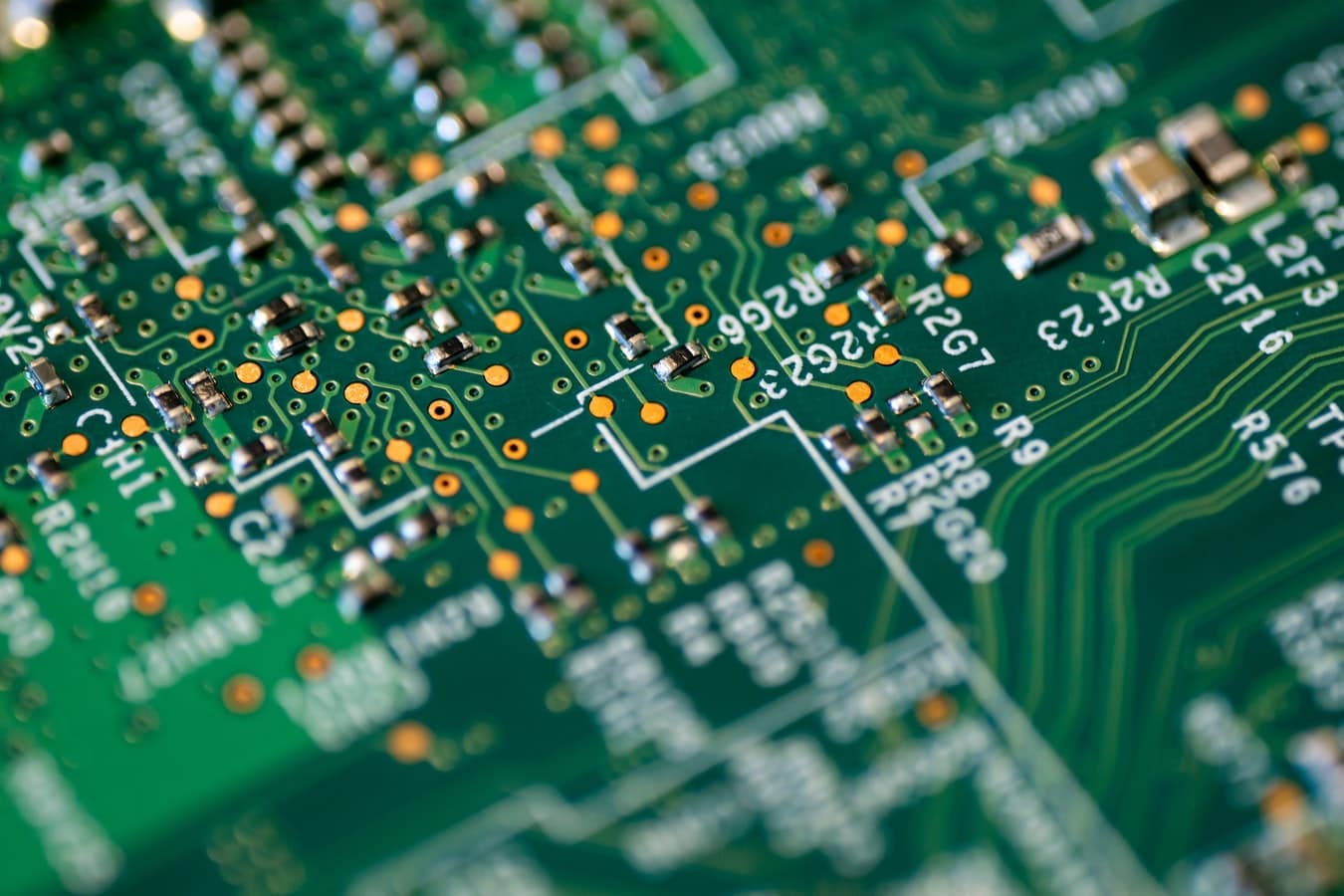
What’s the difference?
The key difference is that the x86 processors are prioritized for maximum performance, while ARM processors are prioritized for high power efficiency. And the reason for this is that it’s not yet possible to combine both of these properties in one type of processor. Therefore, the x86 is most often used in desktop PCs and the ARM in mobile devices.
Also, it is important that as these two types of processors are very different, the same software will not be able to work with both of them at the same time. So all software must be designed for a specific type of processor. Now let’s take a closer look at these two processor architecture types.
x86
X86 was created in 1978 and pertains to the CISC type (Complex Instruction Set Computing). Simply put, it assumes that the processor has instructions for most tasks. It is used in PCs, laptops, and other devices that need maximum performance without power saving.
As these processors have a longer development history than ARM, they have a larger instruction set. This makes them very sophisticated and advanced, which allows you to do a lot of complex calculations in a short amount of time. Also, they have better virtualization and provide a variety of security techniques. In comparison to the x86, the ARM processor has a more sparse command range, but now this gap is gradually decreasing. The main reason for that is the reduction of the technology process and the development of production technologies.
The disadvantages of x86 are increased power consumption and heat generation. Except for that these processors are also too complicated and intricate of the commands due to the long history of development.
ARM
ARM was created in 1985 by the British company Acorn and belongs to the RISC type (Reduced Instruction Set Computing). This architecture type has a different approach, in which the processor has the minimum number of needed instructions to operate. This makes the instructions simpler and smaller.
The goal of ARM developers was to create an architecture that wouldn’t include the flaws of x86 and make an extremely effective and inexpensive architecture. But not only this contributed to the ARM processors’ popularity on the market of mobile devices. Here are several additional advantages of these processors:
- they are cheaper in the manufacture and deployment
- ARM architecture allows large vendors to create their solutions on ARM architecture for different niches
- flexible customization options.
Moreover, the efficient power consumption and absence of overheating make these processors the best choice for server tasks, as well as for use in routers and high-performance storage solutions.
As for the disadvantages, for sure the data is processed slower and less performant than x86 due to the minimization of size and focus on autonomy. Besides, if some part of IT infrastructure is built on x86 solutions, which is necessary to note when choosing an ARM.
To sum up, it seems that at the moment the ARM architecture has more advantages but it certainly does not look like a universal solution for all tasks.